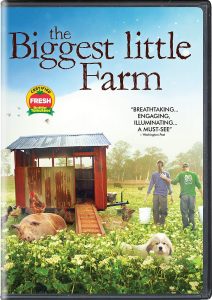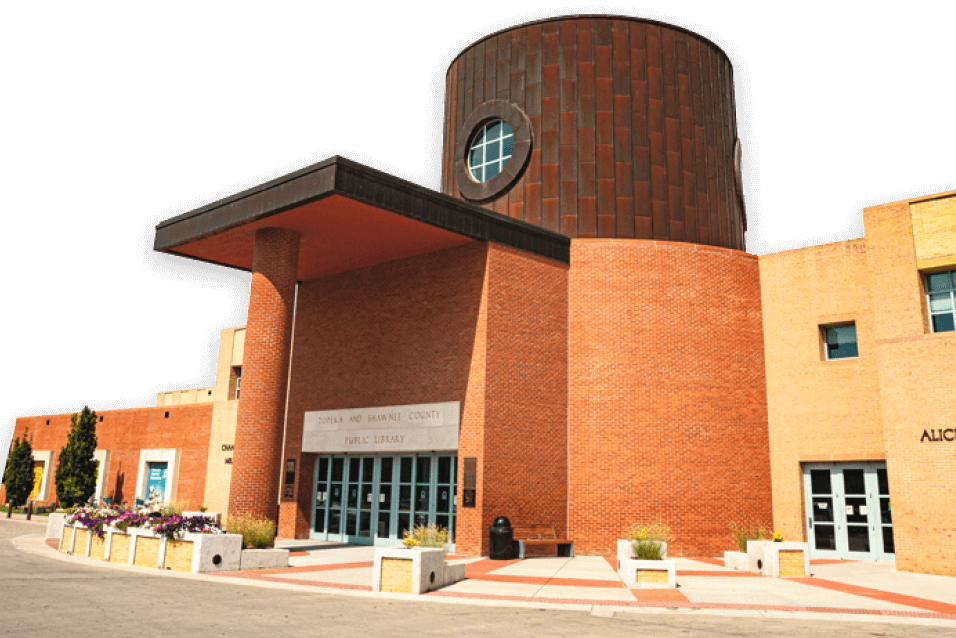The Reel World: The farming life
As harvest time nears, let’s go behind the scenes for an intimate look at America’s family farms. We’ll visit farmers in California committed to regenerative agricultural practices; learn from young farmers about the challenges today’s farmers face; and meet a struggling farm family in Nebraska desperate to hold on to their farm and their marriage.
From the fields to the farmhouse, these documentaries offer a revealing glimpse into the heartbreak and hope of farming.
The Biggest Little Farm
< data-contrast="auto"> John and Molly Chester dreamed of owning a storybook farm. There would be bountiful orchards, lush vegetable gardens, gamboling sheep, flocks of poultry, contented cows and even a pig. Instead, they got a horror story: an Old MacDonald meets the Grim Reaper farm of 200 acres north of Los Angeles with dying trees, dead bees, and desiccated, nutrient-less soil.
John and Molly Chester dreamed of owning a storybook farm. There would be bountiful orchards, lush vegetable gardens, gamboling sheep, flocks of poultry, contented cows and even a pig. Instead, they got a horror story: an Old MacDonald meets the Grim Reaper farm of 200 acres north of Los Angeles with dying trees, dead bees, and desiccated, nutrient-less soil.
The transformation of Apricot Lanes Farm had to begin from the bottom up. With the help of their mentor, Alan, who preached “diversify, diversify, diversify” the Chesters rejuvenated their soil with compost tea and cover crops. By building soil, they could plant many varieties of fruit and nut trees, start vegetable and herb gardens, and let their flocks graze in the pastures. Their storybook farm dream was starting to come true.
Of course, there were challenges along the journey: coyotes ravished their flocks, snails and gophers wreaked havoc on their orchards, drought and wildfires threatened the farm. Yet the Chesters were committed to creating a beautifully biodiverse ecosystem in harmony with nature.
Farmland
Be prepared to have myths and misconceptions dispelled about America’s farms in James Moll’s heartfelt documentary Farmland. From an organic produce farm in California, to a cattle ranch in Texas, to a large corn and soybean operation in Nebraska, young farmers from across the nation speak candidly about the joys and challenges of today’s farming.
These farmers reveal that even owning a farm is one of the biggest hurdles young farmers encounter. Land consolidation means fewer farms, land is expensive, and it takes a great deal of capital to be competitive. Then, after sinking assets into their farms they are at the mercy of the weather and the market. Technology can also present opportunities and challenges previous generations of farmers never faced.
Although I wish Farmland featured a more diverse group of farmers, I appreciated their fresh and frank approach to farming. Each farmer was quick to point out that farming is a business with tons of risk but the potential for great reward.
The Farmer’s Wife
If you’re getting misty-eyed and nostalgic for the family farm after seeing the beautifully designed fields of Apricot Lanes Farm or the shiny farm operations in
When The Farmer's Wife begins, we learn that Darrell and Juanita have almost lost their Nebraska farm to bankruptcy but are slowly clawing their way back to solvency through federal debt restructuring. Darrell works days pushing metal in a factory and then hurries home to the never-ending farm work. Juanita cleans houses, takes care of their three young girls and helps Darrell with the farm work. Stressed, bone-weary, embarrassed by their debt, their marriage, like their farm, is teetering on the edge.
Yet the Buschkoetters persevere. Both see enormous value in the family farm and being good stewards of the land. Juxtaposed against bleak images of rusty farm equipment and abandoned farms, there are hopeful and tender moments as Darrell teaches daughter Abby how to care for a calf, or Juanita cobbles together a cheap Halloween party for her girls. This bittersweet poignancy makes the slice-of-life The Farmer’s Wife well worth viewing.












